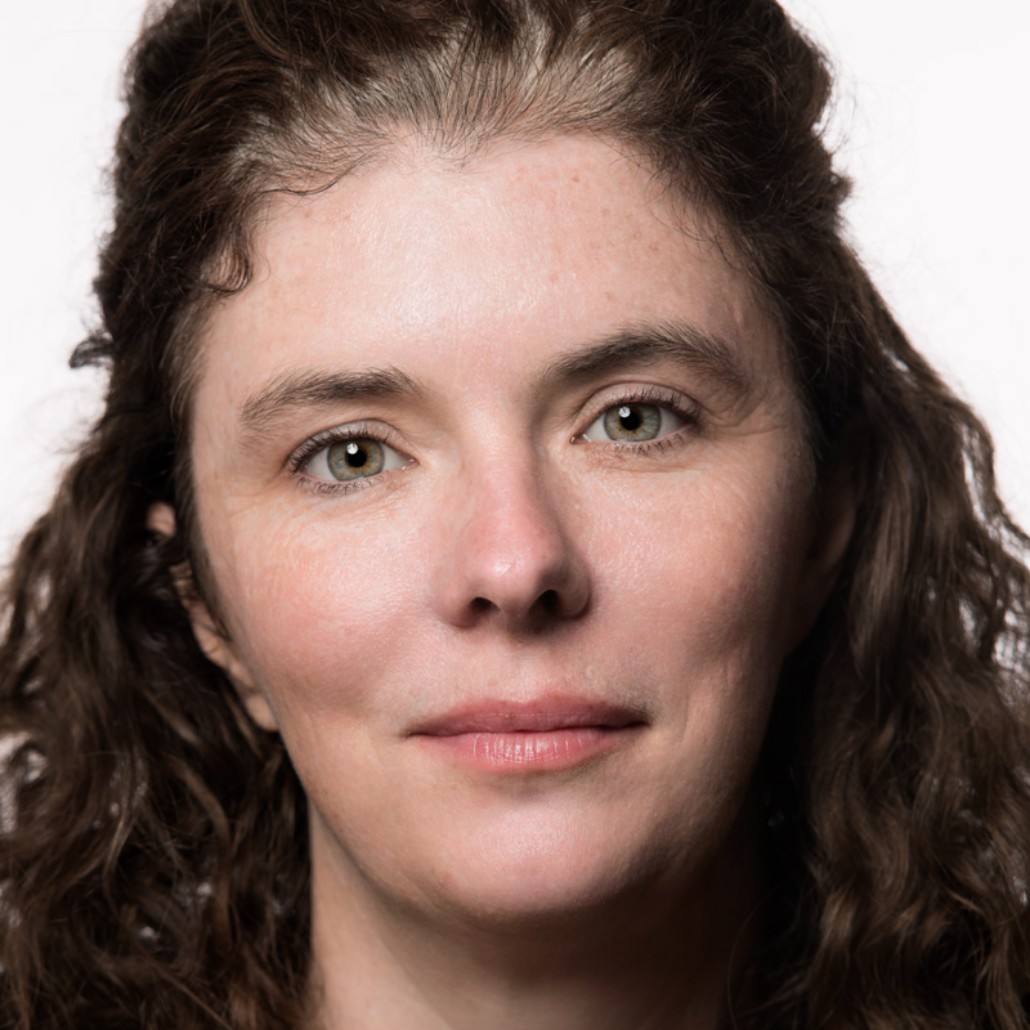
ELIZABETH WORCESTER
Adjunct Associate Professor
Physics and Astronomy
etw@bnl.gov
Curriculum Vitae. (Last updated: 2023 Mar 27)
Biography
Elizabeth Worcester is a physicist at Brookhaven National Laboratory and an adjunct
professor at Stony Brook University. She received her undergraduate degree from Georgia
Tech and did her dissertation research at University of Chicago, studying CP violation
in kaon decay at KTeV, a fixed target experiment at Fermilab. She joined the staff
at BNL in 2011 and the SBU faculty in 2016. Her research at BNL/SBU has been focused
primarily on neutrino oscillation as a member of the Daya Bay, DUNE, SBND, and ICARUS
collaborations.
Research Statement
My primary research is the study of neutrino oscillation, with a particular interest
in oscillation of neutrinos produced by accelerators. I am a member of the SBND and
ICARUS collaborations, which are the near and far detectors for the Short Baseline
Neutrino program at Fermilab. This program is designed to be sensitive to possible
oscillation at short baseline, which could not be explained by the three known neutrino
flavors - if oscillation is observed in this experiment, it would be evidence for
previously unknown particles and/or interactions! I am also deeply involved in the
design of and planning for DUNE (Deep Underground Neutrino Experiment), which will
study oscillation at a baseline of about 1300 km, with the beam originating at Fermilab
and the far detector located at the Sanford Underground Research Facility in Lead,
South Dakota. This experiment will be able to make precise measurements of the parameters
governing neutrino oscillation, making it possible to determine the neutrino mass
ordering, observe CP violation if it is present in neutrino mixing, and test the three-flavor
neutrino oscillation paradigm as part of a broad physics program. This next-generation
experiment will begin collecting data later this decade. I also maintain an interest
in quark flavor physics, with connections to pion and kaon decay experiments that
search for evidence for new physics via precision branching ratio measurements.
|
|
|


